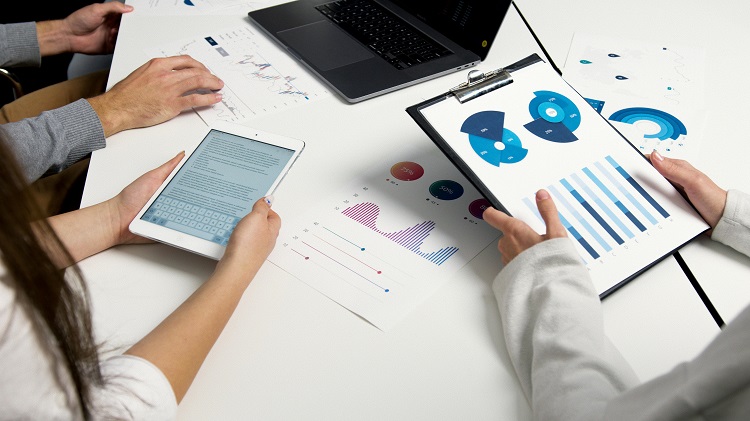How to Make a Plastic Prototype

You’ve brainstormed what you think is going to be the latest and greatest of products. In your mind, it’s all fleshed out and ready to ship. Before all that though, you’re going to need a plastic prototype.
Getting a prototype together is an expensive process. There might be a temptation to skip this step. Don’t give in to that temptation, it’s been well-proven that prototyping saves money in the long run.
Is your mindset on producing the perfect plastic prototype? Then we need to move through the process in the logical order. Let’s have at exactly how to make a prototype.
The Digital Dream
The first step on the journey of turning the image into physical reality is a digital mock-up. This is the technical drawing, the blueprint for what is to come.
The digital visualization of the prototype will typically take the form of a CAD model. That’s a Computer-Aided Design model, for the layman. A blueprint is a perfect word for it, as it will store all the information for the printer and prototype plastic molding.
Plastic prototype companies will almost always utilize a CAD model.
One of the great things about this stage of the process is that it lets you fiddle and tweak the final design. You can essentially perfect the final image, all at no cost to boot.
Rudimentary Prototypes
A cheap way to actualize the CAD model is to use a 3D printer. This will allow you to create a cheap prototype.
It’s a good option when working with plastic, which is one of the 3D printer’s staple materials. The costs are lower too, but there’s a drawback to the plastic miracle machine.
Though you’ll be able to execute a design with high geometric complexity, the accuracy of the design pales in comparison to a CNC machine. If you’re serious about manufacturing a draft for the final prototype, this is an issue.
CNC Machining Your Plastic Prototype
What’s a CNC machine, you might be asking. It’s something that’s going to make your prototyping a lot easier. Have a look at an overview of CNC machining to get a better idea.
It’s more complicated than 3D printing, but it comes with its benefits.
Speed is another advantage that a CNC machine has over a standard 3D printer. Accuracy is where these things shine, though. This is especially true if you want a faultless prototype.
If the prototype has multiple or moving parts, then the faultless claim is invaluable. Consistent results mean you’ll have peace of mind that your prototype functions in the way that it should.
Ease of Production
There are more plastic prototype creation options than ever available for engineers, entrepreneurs, and creative types. It wasn’t too long ago that getting access to machining tools was too expensive or too difficult.
Thanks to the ease of access to the technology, there are also plenty of plastic prototype manufacturers.
If you want to stay on top of all the newest trends and advancements, then look no further. You’ll be able to read more about the latest innovations in health, fashion, and technology, on our blog!





